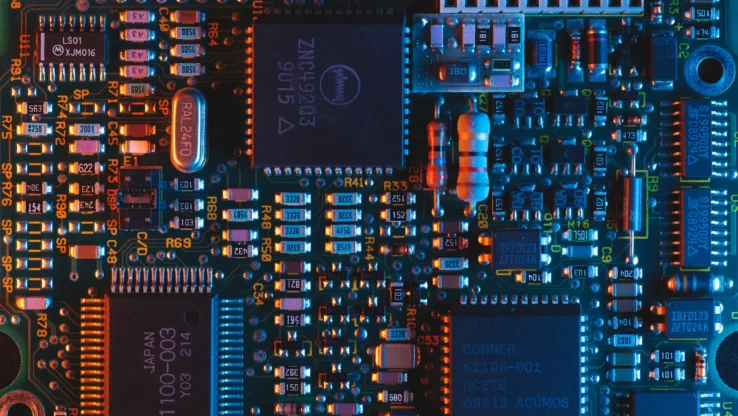Too Little, Too Late, and Too Much. The Inventory Cycle of the Semiconductor Sector
20. January 2023
The semiconductor industry, which now powers most aspects of our economy, is known for its cyclical phases. Despite the current supply chain shortage, some might be surprised to find out that many warehouses could soon enough be busting at the seams due to a surplus in inventory. By joining forces with an intelligent sourcing partner, companies can benefit from smart inventory management solutions, which can reduce costs and improve the bottom line.
What Goes Up Must Come Down
The rapidly evolving chip industry has been taking over global headlines since 2020. Due to an increase in the usage of consumer electronic devices, the sector experienced a staggering rise in demand across all regions. Additionally, artificial intelligence (AI), the Internet of Things (IoT), and machine learning (ML) technologies are providing new opportunities for market development and are also leading contributing factors to industry pressures.
Known for its boom-and-bust cycles, the current semiconductor industry, although experiencing an all-time high in demand, is at the same time experiencing a surplus of components in certain areas. Now, many will ask: how can an industry currently experiencing alarming shortages, also be experiencing excess inventory?
According to three industry giants, TCMS, Intel, and Samsung, semiconductor shortages are easing, and supply chain shortages are improving—as the heavyweights are planning huge investments in new capacities. While this certainly sounds like great news for the industry’s customers, there are growing concerns that the money being poured into the sector might result in oversupply. This scenario is very likely to happen, as demand can change much more quickly than the time needed to build new chip factories. Thus, a surplus is likely to materialize as part of the typical semiconductor cycle.
That’s Just How the Cookie Crumbles
It’s a well-known fact that the semiconductor industry tends to follow a certain rhythm: seeing strong demand, investing to keep up with the increasing supply, hitting levels of oversupply—at least in certain types of microchips—and lastly, waiting for the market to become stable again.
Smartphone chips are the perfect example of how dynamic the semiconductor market truly is. As technology is constantly advancing, consumer needs are also driving the demand for better, faster, newer models. And a chip from 2020 cannot keep up with the software requirement of a 2022 model – it becomes obsolete.
Too Much of a Good Thing
As the semiconductor crisis has quickly shifted from supply to demand shortage, many companies are now dealing with a surplus. Excess and obsolete inventory, also known as E&O, can be a nuisance for companies. It can clog up working capital and prevent companies from spending where they need to.
Excess inventory consists of products that are still valid in the marketplace. To alleviate this issue, some distributors might decide to significantly reduce the price, creating disruption in the marketplace. This approach might not be the most ideal one and can lead to consumers becoming used to paying a lower price for items which ultimately impacts companies that will end up having to give up more of their margin.
When it comes to obsolete inventory, liquidating inventory, which allows producers to sell their products at very low prices, is one way to go about it. However, this approach needs a lot of consideration, such as oversaturation, product cannibalization, and whether the obsolete product contains parts of a system that are still viable.
The Missing Partner for Your Resilient Supply Chain
Managing excess inventory in the semiconductor supply chain requires proactive product lifecycle management practices. While warehouse managers need to deal with inventory issues as they arise, organizations need to be strategically ready in tackling these matters.
An intelligent sourcing partner helps companies become better at navigating the boom-and-bust lifecycle of this dynamic industry. By having a wide ecosystem of trusted partners and a fleet of experts, they help clients cycle back excess inventory strategically and proactively— matching suppliers and distributors across industries and ultimately making the supply chain more resilient.
To find out how we can help strengthen your supply chain, contact us today.


